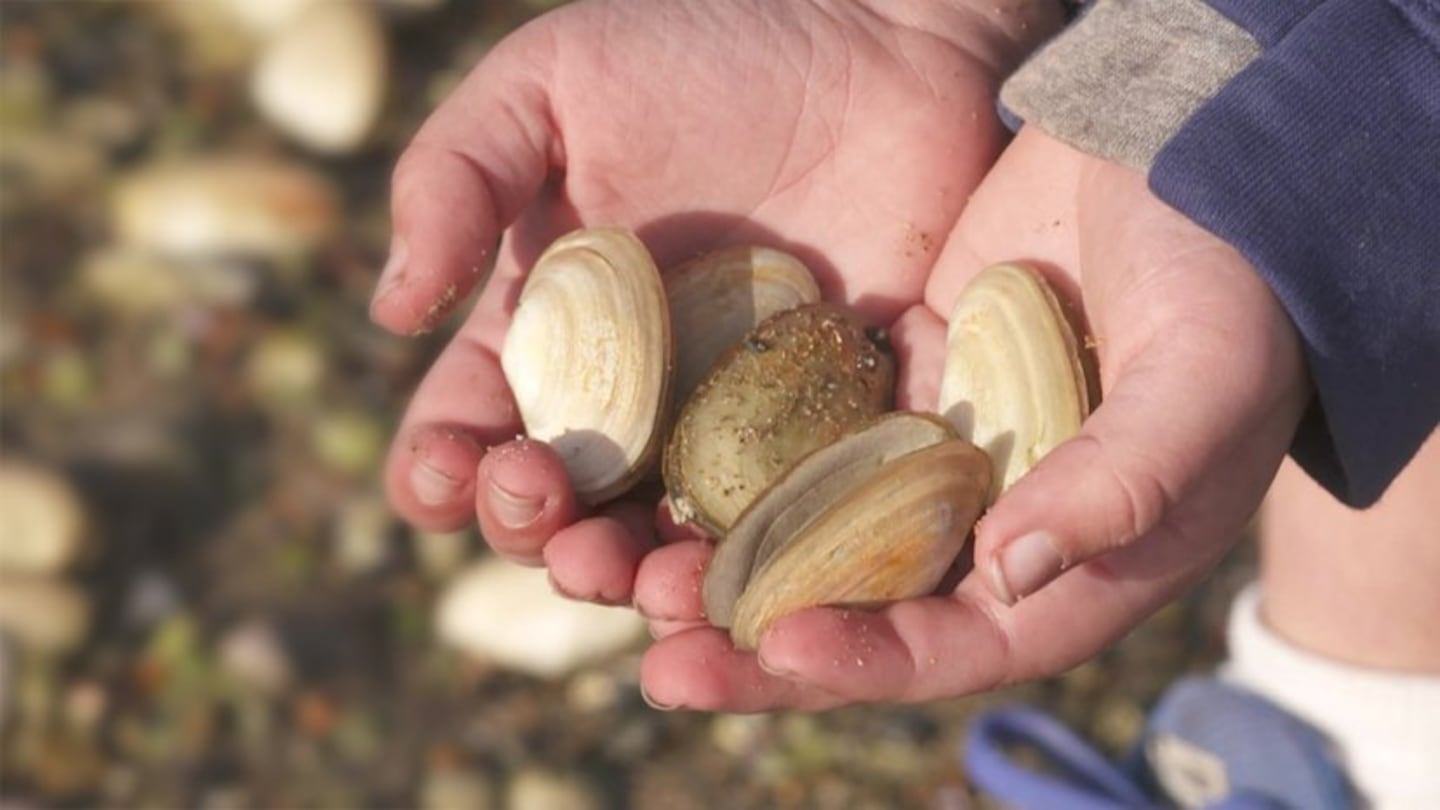Local iwi in Pātaua, just north of Whangārei are investigating the loss of shellfish beds at a popular gathering spot. They say thousands of shellfish, including pipi, tuatua, and kūtai, have been wiped out, causing extreme distress among iwi members who rely on the shellfish as a food source.
Arthur Mahanga, a local who has long been an environmental advocate for local hapū and iwi, says pipi is an essential part of the diet of the people, and it's just getting left for the seagulls.
"If we lose these pipi, you've actually lost Māori. Because this is our main diet."
"I believe that this is a sign now to say, 'hey, we need to fix this up'. Because those pipi died because they've been exposed from out of the sand for too long. They had no cover. They are just like a riwai. A riwai needs to be under the ground."
Sandbars shut off
Pātaua was, for a long time, just a holiday destination. Now the introduction of permanent dwellings and roads has had an impact on the environment.
"The sandbars aren't staying here like they used to be, because these currents just kept all those sandbars in place. But now they're all shut off. There's nothing there to protect the pipi."
The hapū has had discussions with the Ministry for Primary Industries over the loss of the pipi. Testing by the Ministry of Primary Industries has not conclusively identified the cause of their deaths, but kaumātua Hori Parata doesn't believe that MPI has the answers.
"They don't have the knowledge of how we take care of our rivers, forests, islands, and mountains."
Mahanga says the hapū has instigated a rāhui to protect the pipi and other seafood.
"This is why we have our pou rākau, illustrating to people that this is how we symbolise our way to mark our rāhui in areas where things aren't right."




